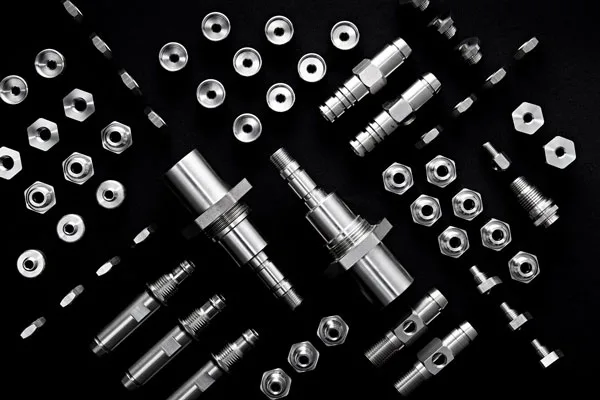Consumers want it all: the low-cost benefits of mass production combined with the individual touch of personalized products. This presents a challenge for manufacturers, especially those engaged in volume manufacturing. How do you reconcile the efficiency of producing large quantities with the flexibility needed to cater to individual preferences?
Volume manufacturing, with its focus on producing standardized goods at scale, might seem at odds with the growing demand for personalization. However, new technologies and strategies are emerging that allow manufacturers to strike a balance between these seemingly conflicting goals.
The Rise of Mass Personalization: A Promising Future for Manufacturing
Mass personalization is no longer a niche concept. Consumers expect a certain level of customization in almost every product category, from clothing and footwear to electronics and cars. Several factors drive this shift:
- Changing Consumer Expectations: People want products that reflect their style and needs, not just mass-produced items that look like everyone else’s.
- Advances in Technology: New technologies like 3D printing, digital printing, and flexible automation make it easier and more affordable to Enabler of Personalization in Volume Manufacturing
- Data-Driven Insights: Companies can gather data on customer preferences and use it to tailor products and services more effectively.
Challenges of Personalization in Volume Manufacturing
Integrating personalization into volume manufacturing is not without its challenges:
- Increased Complexity: Managing a wider variety of product configurations and components adds complexity to production planning and inventory management.
- Maintaining Efficiency: Personalization can disrupt the flow of mass production, potentially slowing down production lines and increasing costs.
- Balancing Cost and Value: Offering personalized options often comes at a higher cost. You need to find ways to add value that justifies the extra expense for the customer.

CNC machined parts
Strategies for Successful Mass Personalization
Here are some strategies that manufacturers can use to overcome these challenges and successfully implement mass personalization in volume manufacturing:
- Modular Design: Create products with modular components that can be easily swapped or combined to create different variations. This simplifies production and allows for a high degree of customization without sacrificing efficiency.
- Delayed Differentiation: Postpone the final customization steps until later in the production process. This allows you to manufacture a large volume of semi-finished products and then personalize them based on individual orders.
- Flexible Automation: Invest in automation solutions that can adapt to different product configurations and handle variations in production.
- Digital Printing and Additive Manufacturing: Use technologies like 3D printing and digital printing to create customized parts or add personalized features to existing products.
- Data-Driven Personalization: Collect and analyze customer data to understand preferences and offer tailored recommendations.
The Future of Volume Manufacturing: Embracing Personalization
Volume manufacturing is evolving to embrace personalization. As technology advances and consumer expectations continue to rise, we can expect to see:
- Increased Adoption of Mass Personalization: More companies will adopt mass personalization strategies to remain competitive and meet customer demands.
- Smarter Factories: Factories will become more intelligent and connected, using data and automation to optimize production for personalization.
- Hyper-Personalization: Products and services will become increasingly tailored to individual needs and preferences, even anticipating future desires.
Volume manufacturing in the age of personalization is about finding the right balance between mass production and customization. By adopting the right strategies and technologies, you can offer personalized products without sacrificing the efficiency and cost-effectiveness of high-volume production. This approach not only satisfies customer demand but also unlocks new opportunities for innovation and growth.
